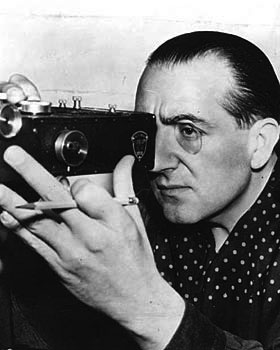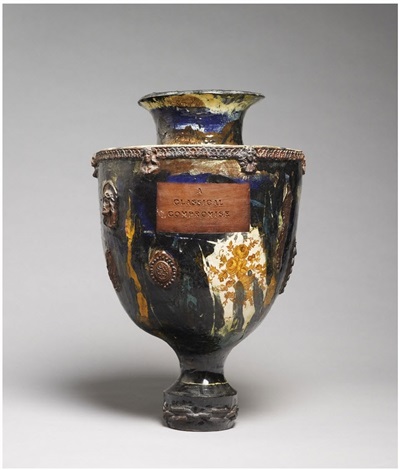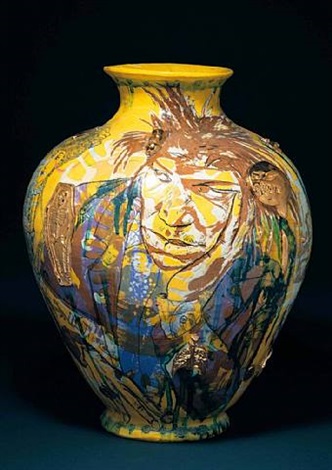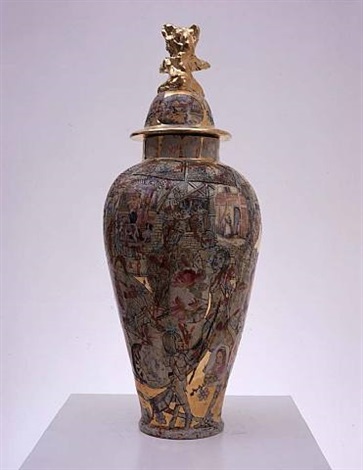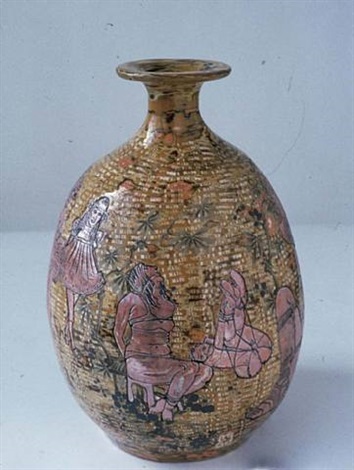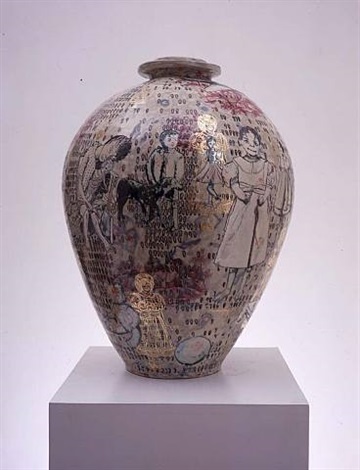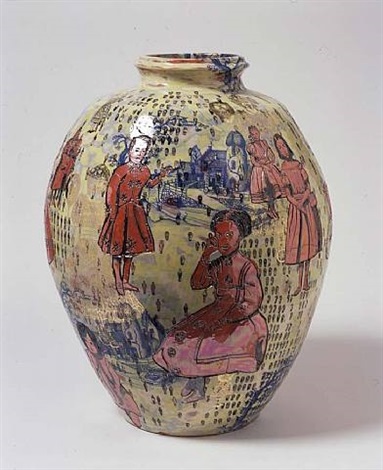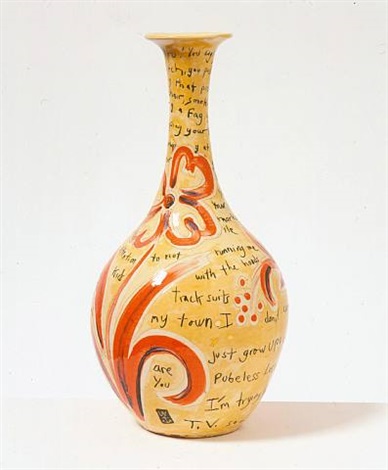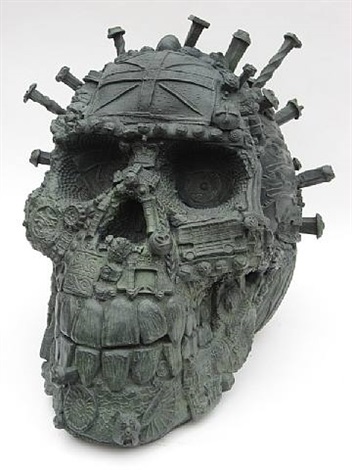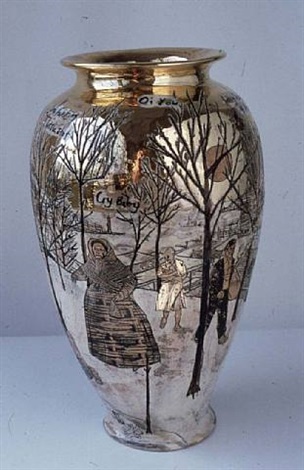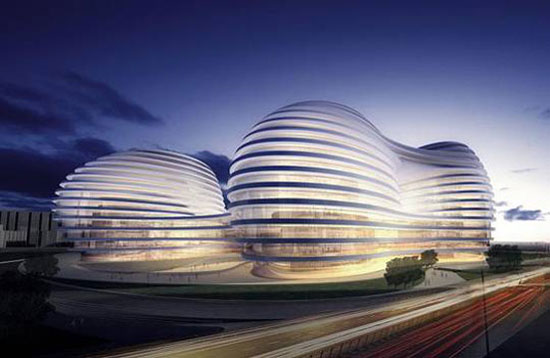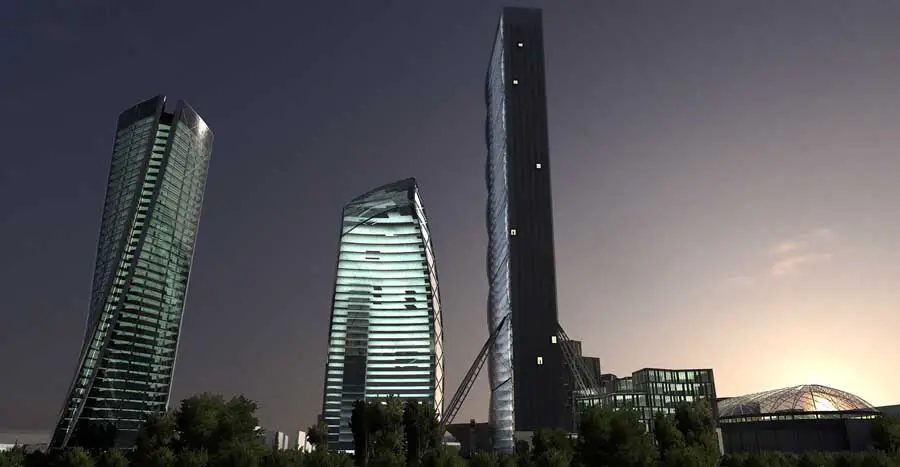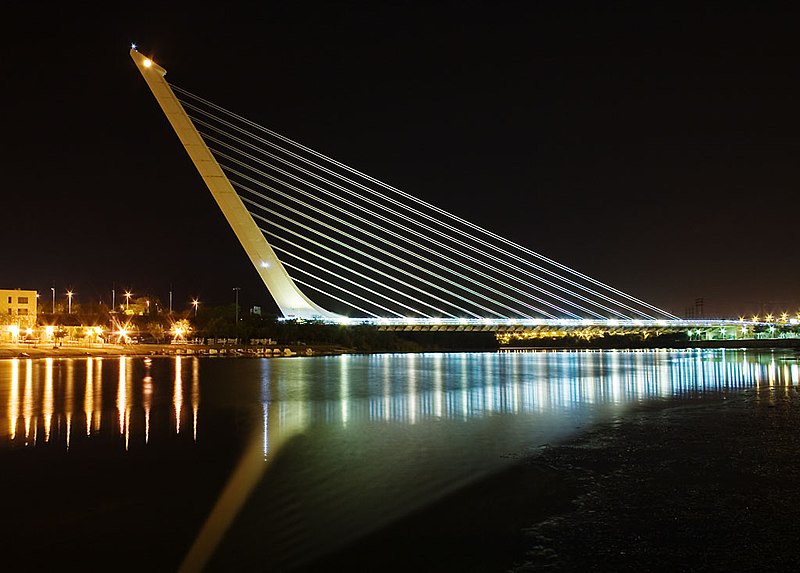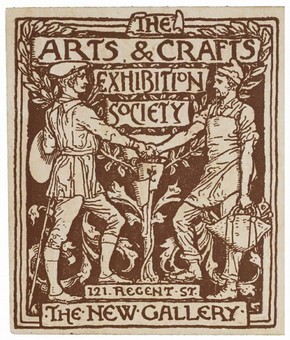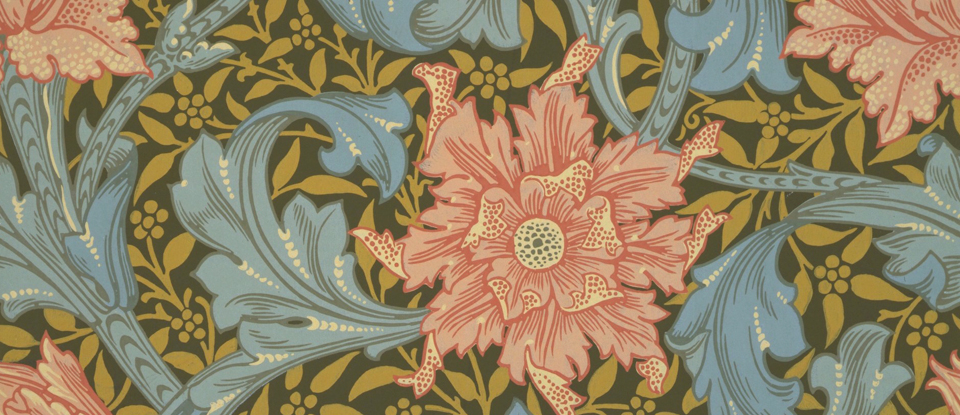Metropolis is a German expressionist science fiction film which was created in 1927 and it was created by Fritz Lang. Metropolis is said to be a pioneering work of science fiction as it was the first feature-length of its genre which is remarkable considering it was a silent film.
Metropolis had a futuristic setting and the futuristic style within the film is said to have clearly been influenced by the futuristic architect Antonio Sant'Ella.
Metropolis displays a range of sets and special effects which varied from a huge Gothic cathedral to a futuristic cityscape, the futuristic cityscape is what I'm quite interested in.
Fritz Lang claimed that he was "looking at Germany in the future" at the time in which he made the film. The statement, "The futuristic aspect of the film suggests there may have been a sense of conflict in relation to the state of contemporary Germany, and where the nation was heading on its road to modernisation" is the best way to really explain what the set seemed to have been trying to portray.

The set of metropolis was like nothing seen of the time in Germany and this is because of its futuristic look. The city of Metropolis at the time resembled that of cities further west such as Chicago and New York. This is then made clear as Fritz Lang says, " ‘Metropolis, you know, was born from my first sight of the skyscrapers of New York in October 1924. While visiting New York, I thought that it was the crossroads of multiple and confused human forces, blinded and knocking into one another, in an irresistible desire for exploitation, and living in perpetual anxiety. I spent an entire day walking the streets. The buildings seemed to be a vertical sail, scintillating and very light, a luxurious backdrop, suspended in the dark sky to dazzle, distract and hypnotise. At night, the city did not simply give the impression of living: it lived as illusions live. I knew I should make a film of all these impressions." The set for Metropolis was clearly heavily influenced by Fritz's trip into New York and his time there as the set has much of what he says he saw such as the vertically sailing buildings which tower above the well lit streets of Metropolis.

Modern Germany seems to be similar to what Fritz Lang seemed to have depicted what it should have looked like and in my opinion it is absolutely stunning. Not only do you have the towering buildings over the well lit streets, but you also have many beautiful buildings such as the BMW Headquarters which clearly stands out within the image. the BMW Headquarters is said to resemble a 'four-cylinder automobile engine', I personally like the fact that the building does not have the general structure of a tall building which would be a rectangle. Also, other buildings which are in Munich such as Hypo-Haus, Olympiaturm, and the Lenbachhaus (the new modern wing), these buildings to to me are different in terms of shape and this to me is what I quite like because I feel that if a building does not have the conventional structure then to me it shows that it has really been thought about for a long period of time before even putting an initial drawing on paper.
